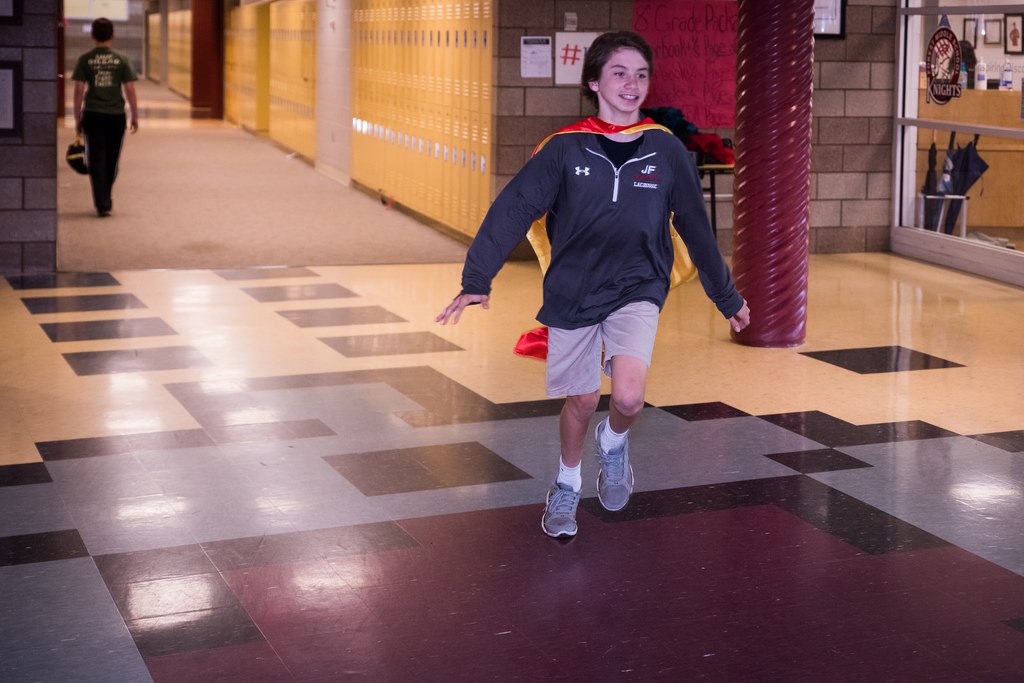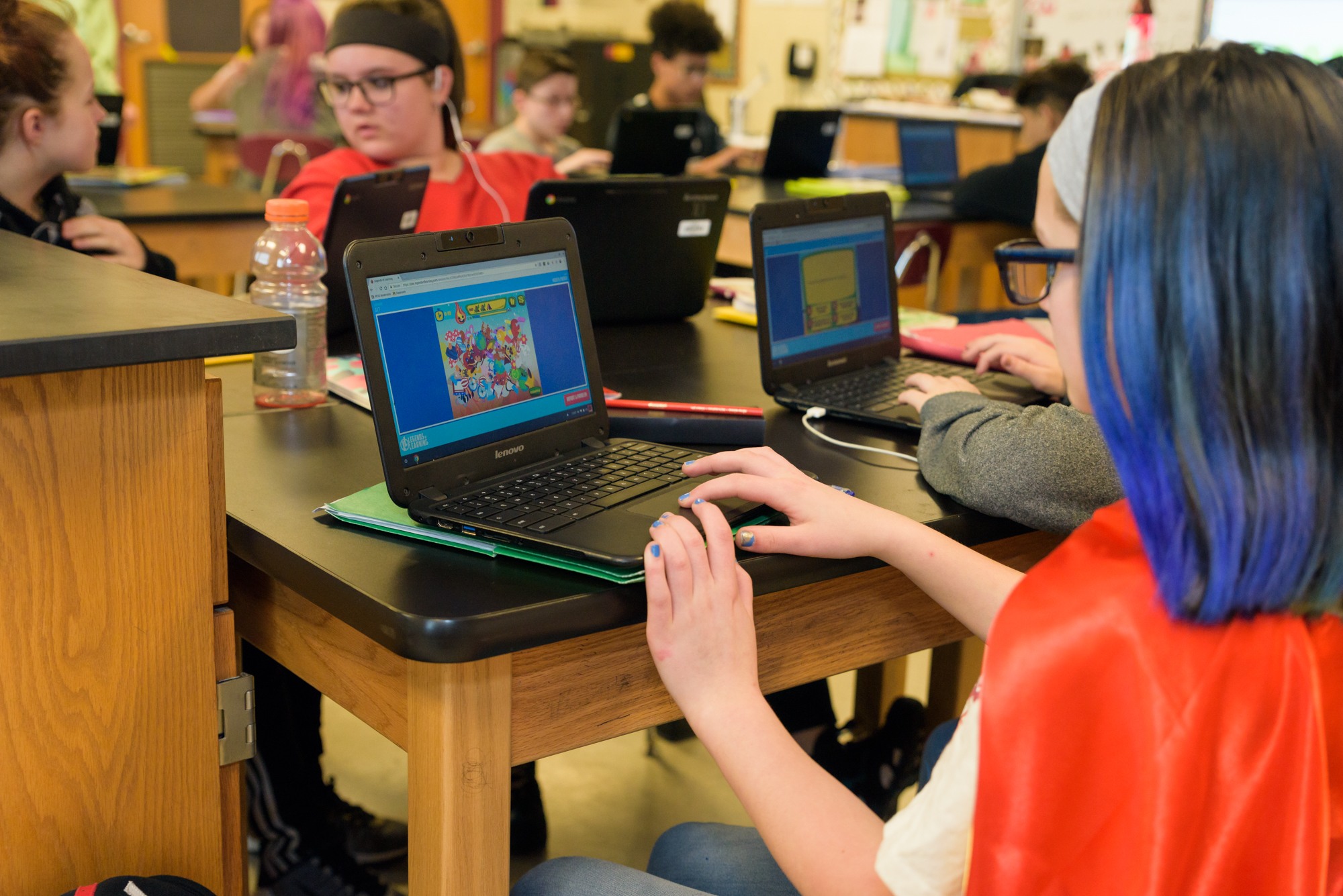The 74 wrote recently that America will fall one million STEM workers short of its needed workforce by 2022. Think about that, one million potential jobs await today’s students.
That’s an astounding number. The solutions to date are missing the mark, say authors Blair Blackwell and Talia Milgrom-Elcott. Rather than focusing on today’s primary and middle school students and encouraging degrees in science, most STEM programs today focus on retraining existing workforce members.
The 74 article focuses on an initiative called 100k in 10, an effort to train 100,000 “excellent” STEM-savvy teachers. Solutions lock in on partners who execute training and grand challenges. But what grabbed our attention was an article that posed the counterpoint, “It seems like no one is asking classroom teachers what would be most helpful.”
In our experience, the science teachers we work with want to engage students and make STEM an exciting topic for them. Creating one million STEM Workers may be a question of the chicken versus the egg: Is it the science teacher or the tools? More often than not, building a stronger STEM curriculum requires training, resources, and time.
STEM Workers or STEM Warriors?

Inspiring children to enjoy science requires more than the promise of a job. We think that telling students they can get a high paying job if they focus on science won’t be enough. It’s like telling someone they can have perfect teeth if they brush and floss their teeth twice a day.
We agree with the increasingly prevalent philosophies that educators need to 1) make science and STEM fun as a whole and 2) connect it to students’ everyday lives. Children will gravitate to STEM careers when they see it as a means to accomplish their dreams. Then they will become impassioned STEM warriors, rather than someone simply looking for a job.
Making science fun for students remains one of our greatest hopes inside Legends of Learning. If we can provide that spark for a student in a classroom, then we think we’ve achieved our purpose.
The Great STEM Education Challenge

The challenge remains increasing science’s appeal to students on their terms. That’s why we’re dedicated to creating a meaningful game-based learning experience for students. This provides a powerful resource for teachers who are looking to inject a little more fun into students’ lives.
There are countless science teachers across America who feel the same way. They work hard to inspire students every day. Their efforts extend well beyond the classroom, too. Science teachers scour the Internet looking for new exercises in their spare time. They actively seek out extra training. They engage with their peers online and at events to learn from others’ experiences.
Empowering science teachers to succeed remains the challenge. This challenge varies greatly from district to district, school to school, as noted by the 100k in 10 project. But providing universally accessible tools via the Internet can help level the playing field.



